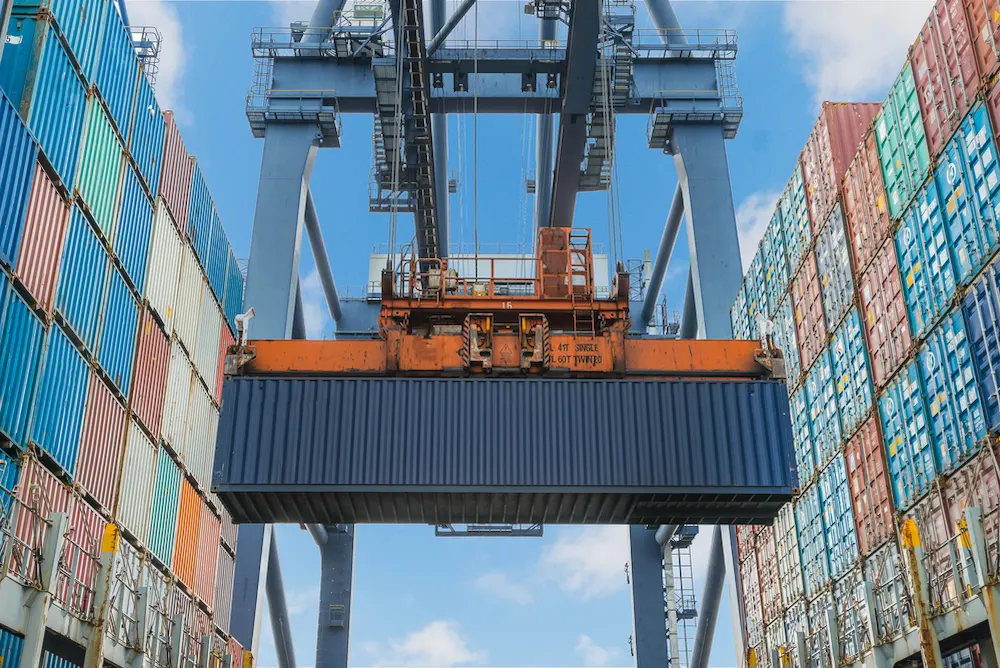Handling project cargo requires precision, technical expertise, and thorough preparation. Oversized, heavy, or uniquely shaped shipments present logistical challenges that require specialised equipment, skilled personnel, and meticulous execution. From industrial machinery to infrastructure components, safe handling is paramount.
Below, we outlined five best practices to ensure safe and efficient project cargo handling, supported by professional Project Cargo Handling Services for seamless operations.
1. Comprehensive Planning and Risk Mitigation
Successful project cargo handling begins with detailed pre-planning. Address potential risks and define the operational framework for every stage of the process.
Assess Site Conditions – Evaluate loading and unloading sites to ensure they can accommodate heavy equipment and cargo demands. Consider terrain stability, access routes, and overhead clearances. Inadequate site preparation can lead to equipment malfunctions or delays.
Tailor a Handling Plan – Develop a customised plan that includes precise details about equipment, personnel, and sequential steps for loading, transport, and offloading. Special attention to load distribution and stabilisation enhances safety and operational efficiency.
Weather Considerations – Weather directly impacts operations, especially for outdoor loading. High winds or rain can compromise safety and delay schedules. Monitor forecasts and maintain contingency plans to reschedule operations under adverse conditions.
2. Specialised Equipment and Rigging Techniques
Standard equipment is often insufficient for project cargo. Purpose-built machinery and advanced rigging are essential for safely handling oversized or irregular loads.
Selecting the Right Equipment – Match lifting gear, such as cranes, spreader bars, and slings, to the specific dimensions and weight of the cargo. For unconventional loads, custom rigging ensures stability and minimises risk. Collaborate with equipment specialists to ensure compatibility with cargo requirements.
Securing Cargo Effectively – Use advanced stabilisation methods like lashing and dunnage to secure cargo during transport. Proper fastening prevents shifting, reducing the risk of damage or accidents. Custom crates or containers are also advisable for irregularly shaped or fragile items.
3. Streamlined Communication and Co-ordination
Effective communication is key to a successful cargo handling project. Clear co-ordination among teams ensures precision at every stage.
Centralised Command Structure – Appoint an experienced project manager to oversee operations and act as the primary liaison among all stakeholders. Centralised leadership streamlines decision-making and facilitates swift issue resolution.
Real-Time Communication Tools – Equip teams with devices such as radios or digital platforms to maintain seamless communication during critical stages. This enables immediate alerts about hazards, equipment malfunctions, or changes in procedure.
Pre-Operation Briefings – Conduct pre-operation meetings to review handling plans, safety protocols, and team responsibilities. Regular briefings reinforce alignment and mitigate risks through enhanced preparedness.
4. Skilled Personnel and Specialised Training
Managing project cargo demands expertise. Deploying certified professionals with advanced training ensures safety and operational excellence.
Certified Operators – Ensure crane and forklift operators have the necessary certifications and extensive experience handling oversized or heavy loads. Familiarity with the capabilities and limits of equipment is vital for preventing incidents.
Focused Training Programs – Provide specialised training tailored to the cargo’s unique requirements. This includes stabilisation techniques, securing methods, and emergency response. Hands-on simulations enhance readiness and ensure operational consistency.
Reinforce Safety Protocols – Regularly review safety procedures, especially for unconventional or oversized cargo. Conduct drills to prepare for emergencies like equipment failures or load shifts, reducing risks during live operations.
5. Proactive Monitoring and Adjustments During Transport
Cargo security doesn’t end at loading; continuous monitoring and contingency planning are essential for ensuring safe transit.
Advanced Tracking Systems – Implement GPS tracking and load monitoring systems to maintain real-time visibility of cargo. Sensors can detect shifts or irregularities, allowing for immediate corrective actions.
Scheduled Inspections – Plan routine checks during transport to verify lashings, stabilisation, and overall cargo integrity. Regular inspections are critical for long-haul operations, where conditions can evolve over time.
Contingency Preparedness – Equip drivers and logistics teams with contingency plans to address emergencies such as route disruptions or adverse weather. Having alternative routes, emergency contacts, and escalation protocols minimises delays and safeguards cargo integrity.
Conclusion
Handling project cargo requires more than routine logistics; it demands expertise, precision, and strategic execution. By implementing these best practices, businesses can minimise risks and ensure the secure delivery of critical shipments.
At James Kemball, we provide tailored solutions for project cargo handling. Our team’s expertise and advanced infrastructure are designed to meet the unique challenges of oversized or complex shipments. Whether you require custom rigging, secure off-dock storage, or end-to-end transport management, we are equipped to handle your most demanding logistics requirements.
For secure, efficient, and professional project cargo solutions, trust James Kemball to deliver results.

